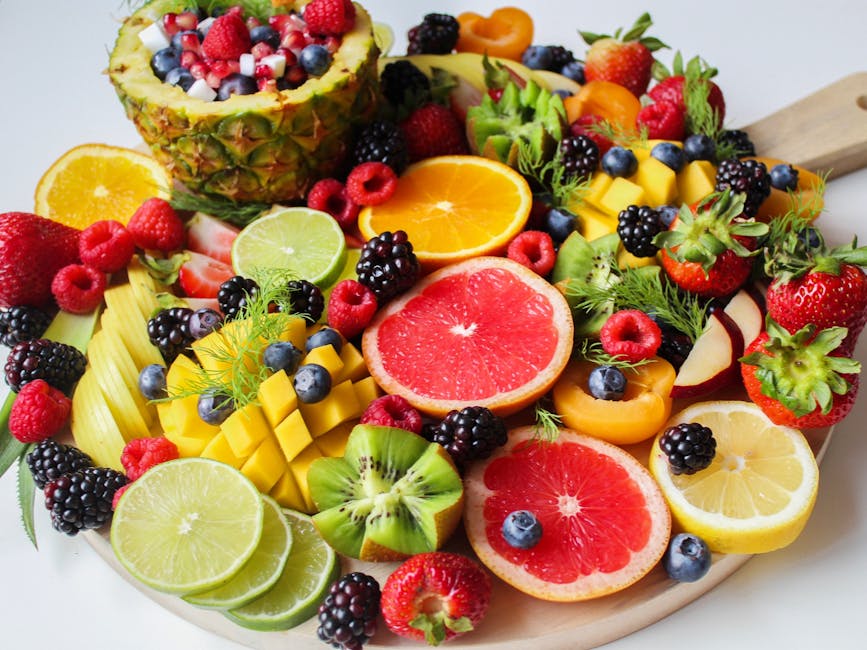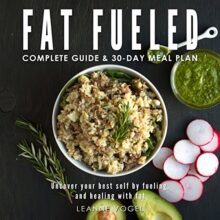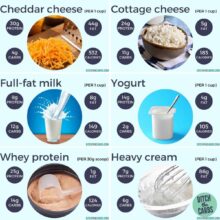The Health Effects of Mycoprotein (Quorn) Products vs. BCAAs in Meat
“The Health Effects of Mycoprotein
(Quorn) Products vs. BCAAs in Meat” You may have heard about meat
made out of wheat protein, meat made out of soybean protein,
and meats made out of pea protein, but mycoprotein is a relatively
new addition—meat made from the mushroom kingdom—popular in
Europe commercialized as Quorn, which makes not just meat-free
beef, but chicken-free chicken, fishless fish, and pig-free pork,
just in case someone would like to eat plant-based but can’t
give up their cocktail weenies. Environmental impact-wise,
Quorn beef has at least a 10 times smaller carbon
footprint than beef; Quorn chicken at least four times
better than chicken-chicken.
And health-wise, it’s high in
protein and fiber, and low in fat, cholesterol, sodium, and
sugar as one would expect. But, most importantly, there
have been clinical trials showing it may help people
control cholesterol, blood sugar, and insulin levels,
and improve satiety. No surprise given
that not only the fiber but the mycoprotein itself is
fermentable by our good gut bugs, so can also act as a
prebiotic for our friendly flora. There have been rare authenticated
reports of people with mycoprotein allergies,
and even more with unvalidated complaints, but given how many
billions of packages have been sold, and the rate of allergic reactions may be on the order of 1 in 9 million.
Here’s the cholesterol data,
converted into US numbers. So significant drops in
total and LDL cholesterol— more than 30 points within 8 weeks. In terms of satiety, as I
noted in my Evidence-Based Weight Loss presentation,
both tofu and Quorn have been found to have satiating qualities
that are stronger than chicken; for Quorn, among both
lean subjects and overweight and obese individuals,
cutting down on subsequent meal intake hours later.
You know, it’s funny when the meat
industry funds obesity studies on chicken, they choose for their
head-to-head comparison foods like cookies and
“sugar-coated chocolates.” This is a classic drug industry
trick where you make your product look better by
comparing it against something worse. (Apparently, just regular chocolate, was not enough to make
chicken look better.) But what happens when a chicken
is pitted against a real control, like a chicken without
the actual chicken? Chicken chickens out. For example, feed people a
chicken and rice lunch, and four and a half hours later
they eat 18% more of a dinner buffet than those who instead
got a Quorn and rice lunch, cutting about 200 calories on average.

Part of the reason plant-based
meats may be less fattening is that they cause less
of an insulin spike. A meat-free chicken-like
Quorn causes up to 41% less of an immediate insulin reaction. It turns out animal protein
causes almost exactly as much insulin
release as pure sugar. Just adding some egg whites to
your diet can increase insulin output by 60% within four days.
And fish maybe even worse.
Why would adding tuna to mashed
potatoes spike up insulin levels, but adding broccoli instead
drop the insulin response by about 40%? It’s not the fiber,
since giving the same amount of broccoli fiber alone
provided no significant benefit. So, why does animal
protein make things worse, but plant protein makes things better? Plant proteins tend to be lower
in the branched-chain amino acids, which are associated
with insulin resistance— the cause of type 2 diabetes.
You can show this experimentally.
Give some vegans
branched-chain amino acids, and you can make them as
insulin-resistant as omnivores. Or, take omnivores and put
them through even a 48-hour vegan diet challenge, and
within two days you can see the opposite—significant improvements
in metabolic signatures. Why? Because “decreased consumption
of branched-chain amino acids improves metabolic health.” Check this out. Those randomized
to restrict their protein intake were averaging
hundreds more calories per day; so, they should have
become fatter, right? But no, they lost more body fat. Restricting their protein
enabled them to eat more calories, while at the same time
they lost more weight. More calories, yet a loss of body fat! And this magic “protein restriction”? They were just having people eat
the recommended amount of protein. So, maybe they should have called this the normal protein group, or
the recommended protein group, and the group that was eating
the more typical American protein levels, and
suffering because of it, the excess protein group.
Given the “restoration of metabolic
health by decreased consumption of branched-chain amino acids,”
leaders in the field have suggested the invention of
drugs to block their absorption, to “promote metabolic health
and treat diabetes and obesity without reducing caloric intake.” Or, we can just try not to eat so many branched-chain amino
acids in the first place. They are found mostly in meat,
including chicken and fish, dairy products, and eggs, perhaps
explaining why animal protein has been associated
with higher diabetes risk, whereas plant protein
appears protective. So, defining the “appropriate upper
limits” of animal protein intake “may offer a great
chance for the prevention of type 2 diabetes and obesity.”
Long-Forgotten Costa Rican Tradition Helped Me Melt 167Lbs
ᴛɪʀᴇᴅ ᴏꜰ ʙᴇɪɴɢ ᴏᴠᴇʀᴡᴇɪɢʜᴛ
ʜᴏᴡ ᴀ ʟᴏɴɢ-ꜰᴏʀɢᴏᴛᴛᴇɴ ᴄᴏꜱᴛᴀ ʀɪᴄᴀɴ ᴛʀᴀᴅɪᴛɪᴏɴ ʜᴇʟᴘᴇᴅ ᴍᴇ ᴍᴇʟᴛ 167ʟʙꜱ ᴏꜰ ꜱᴛᴜʙʙᴏʀɴ ꜰᴀᴛ ɪɴ ᴜɴᴅᴇʀ 1 ʏᴇᴀʀ ᴡɪᴛʜᴏᴜᴛ ᴅɪᴇᴛ ᴏʀ ᴇxᴇʀᴄɪꜱᴇ!
ᵢ ᵍₒₜ ᶠᵣₒₘ ₂₉₁ ₚₒᵤₙᵈₛ ₐₙᵈ ₘᵢₛₑᵣₐᵦₗₑ, ₐₗʷₐʸₛ ₜᵢᵣₑᵈ ₐₙᵈ ₕₐᵣᵈₗʸ ₘₒᵥᵢₙᵍ…
ₜₒ ₁₂₄, ₛₗᵢₘ ₐₙᵈ ₗₒᵥᵢₙᵍ ₑᵥₑᵣʸ ₛₑᶜₒₙᵈ ₒᶠ ₘʸ ₗᵢᶠₑ!







